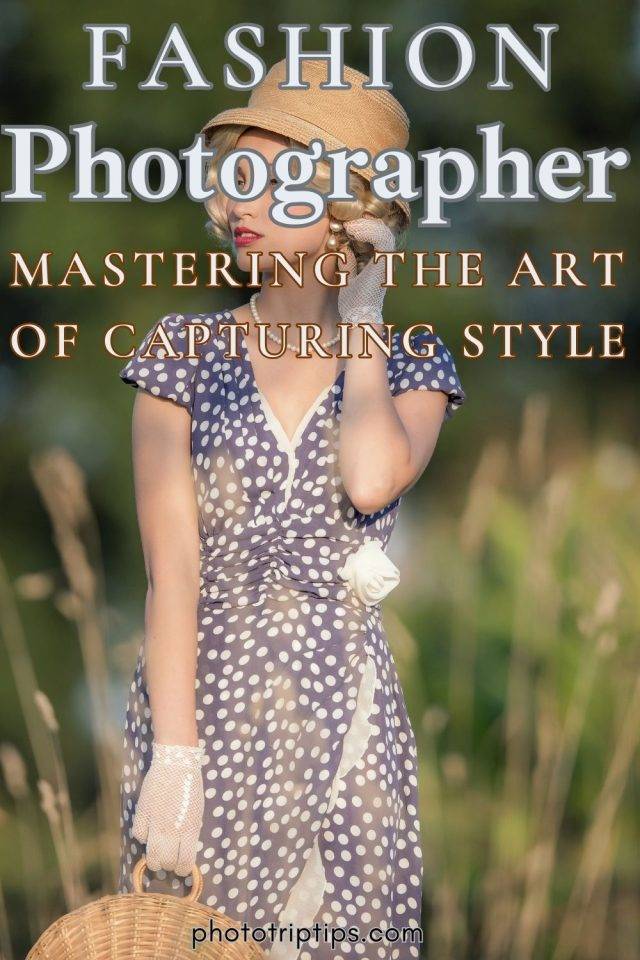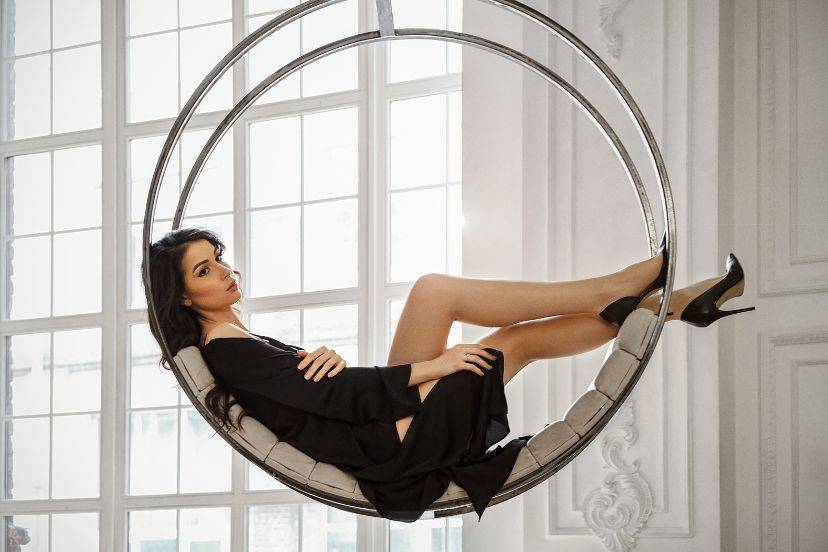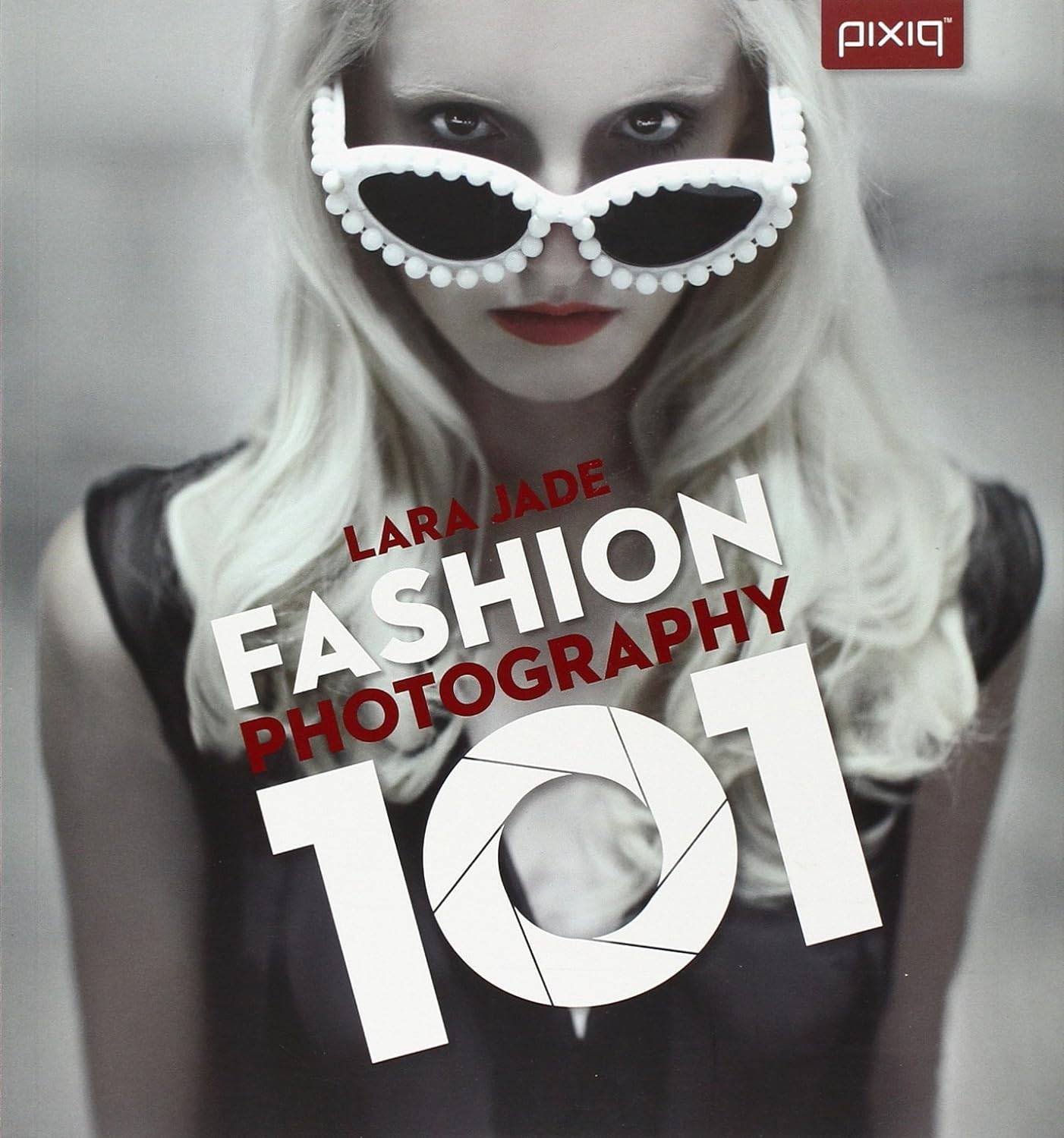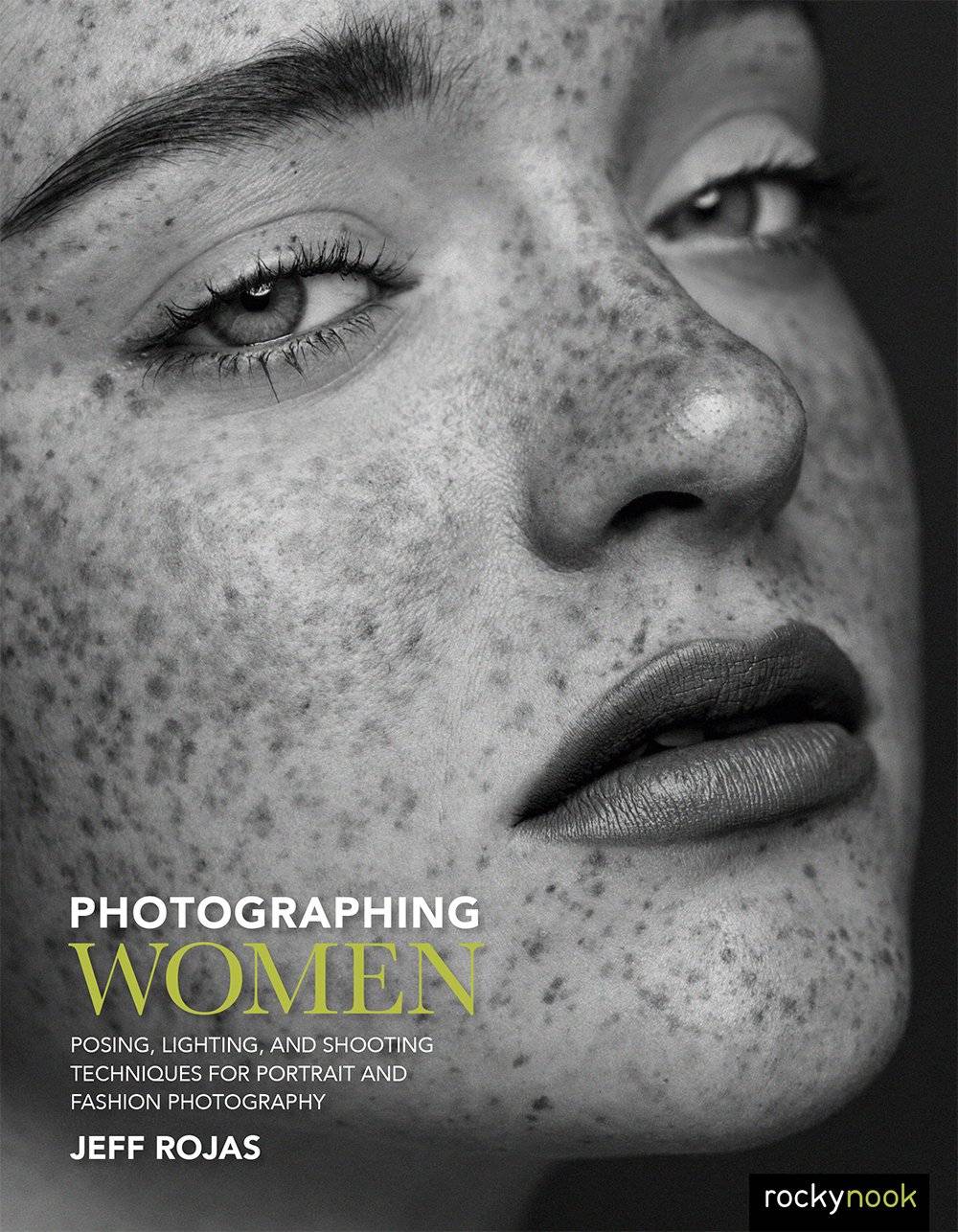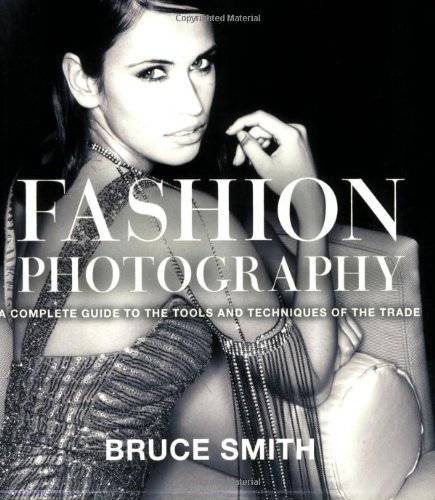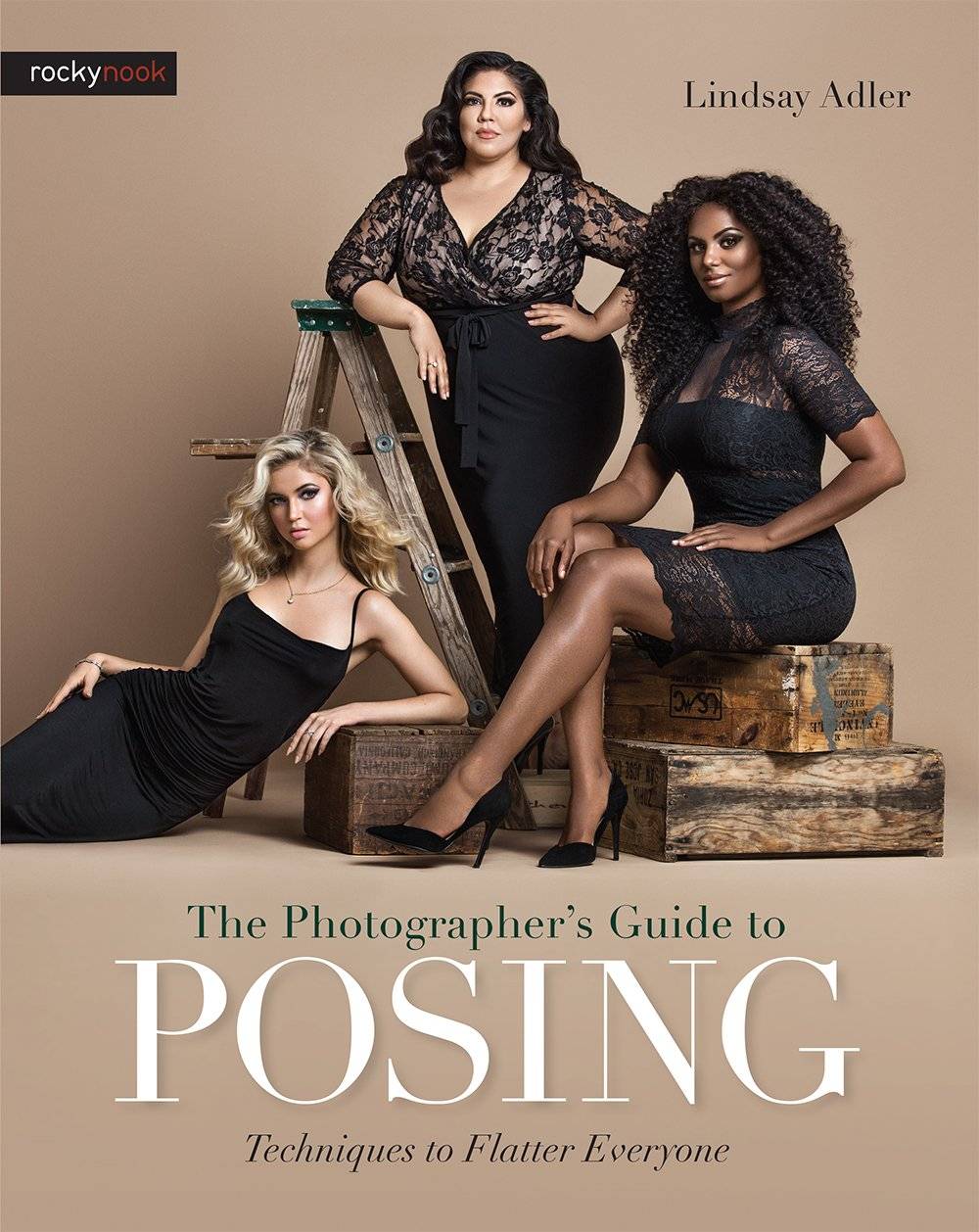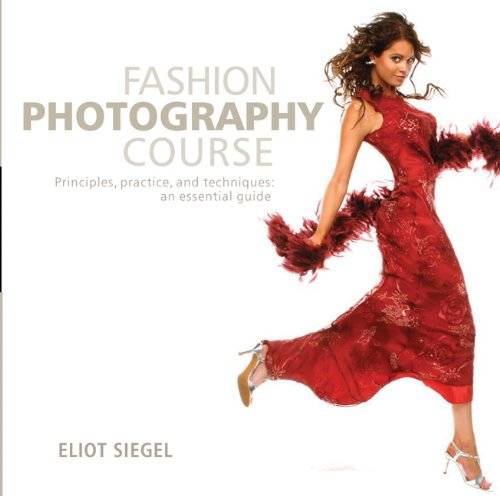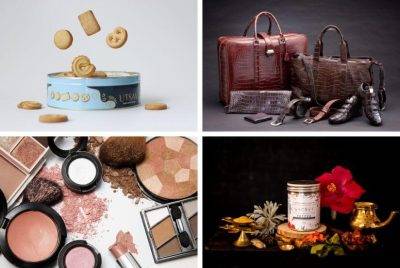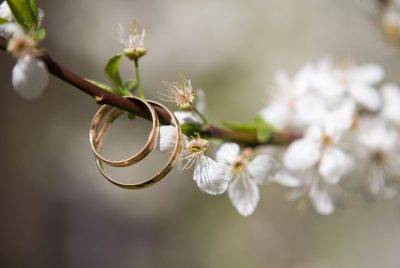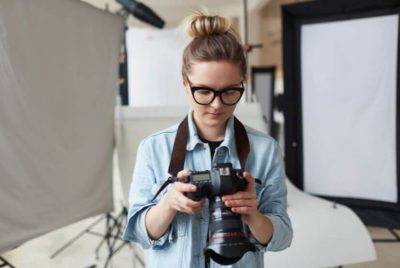Fashion Photographer: Crafting a Career Capturing Style and Glamour.
Fashion photography is a thrilling and dynamic field that combines artistic flair with technical precision. As a fashion photographer, you have the opportunity to capture the essence of style, beauty, and elegance through your lens. From working with models and designers to creating visually captivating campaigns, the role of a fashion photographer is both glamorous and creatively fulfilling.
I am a participant in the Amazon Services LLC Associates Program, an affiliate advertising program designed to provide a means for me to earn fees by linking to Amazon.com and related sites. This post may contain affiliate links, which means I may receive a commission, at no cost to you, for purchases made using my links. Please see my disclosure to learn more.
Develop Your Photography Skills
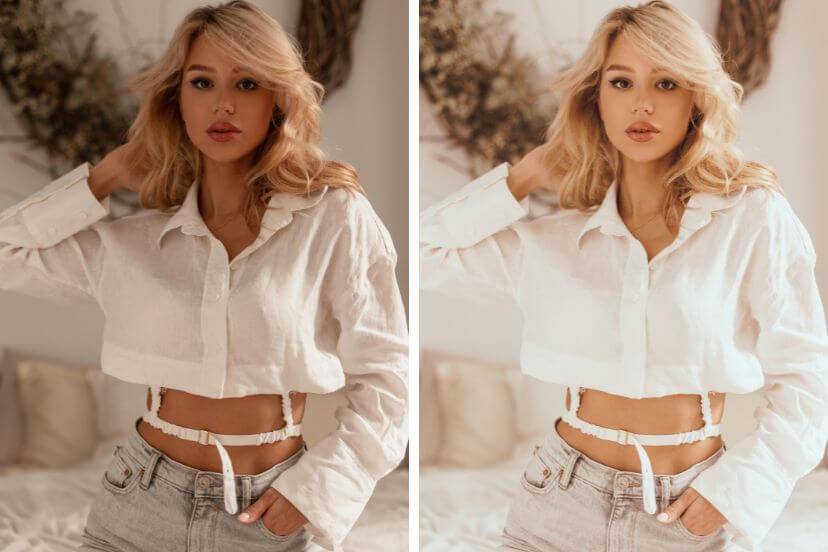
Learning the Basics of Photography – To embark on the journey of becoming a successful fashion photographer, it’s crucial to have a strong foundation in photography. Master your camera settings to manipulate exposure, focus, and depth of field. Understand lighting techniques, whether natural or studio lighting, to bring out the best in your subjects. Study composition principles like the rule of thirds and leading lines to create visually compelling images.
Understanding Fashion Aesthetics
Grasping Fashion Trends and Styles – Fashion photography goes beyond just taking pictures; it involves understanding the latest fashion trends and styles. Keep a close watch on fashion magazines, blogs, and social media to stay updated. Analyze iconic fashion photographs to gain insights into what makes them stand out. Attending fashion shows and events can provide firsthand exposure to the world of fashion and photography collaboration.
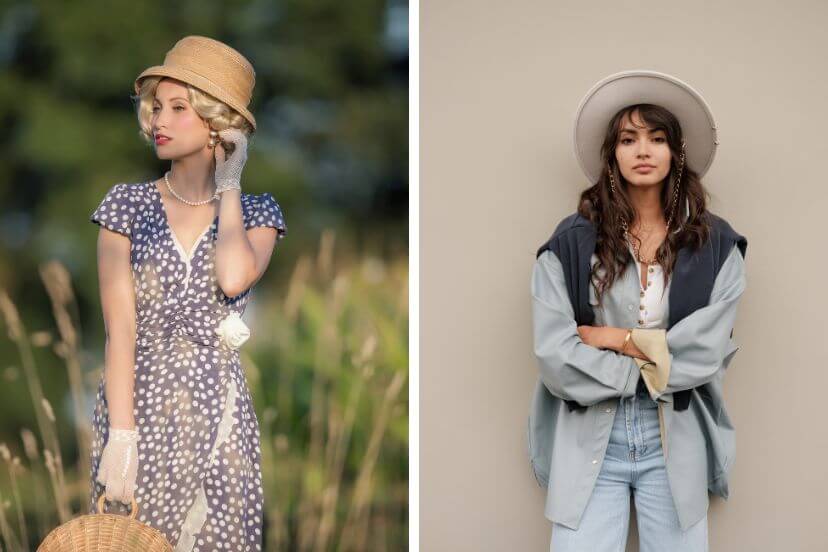
Building a Strong Portfolio

Showcasing Your Versatility – A strong portfolio is your calling card in the fashion photography industry. Focus on showcasing your versatility by including a variety of fashion styles. Highlight different photography techniques, such as close-ups, editorial shots, and conceptual photography. Displaying both studio and outdoor shots demonstrates your adaptability and range as a photographer.
Networking and Collaboration
Connecting with Models, Designers, and Stylists – Networking is essential in the fashion industry. Attend industry events, workshops, and photography meetups to meet potential collaborators. Utilize social media platforms to connect with aspiring models, designers, and stylists. Collaborative projects can help you build a diverse portfolio and establish valuable industry relationships.
Assisting Established Fashion Photographers
Learning from Industry Experts – Assisting established fashion photographers can provide invaluable insights into the practical aspects of the profession. This apprenticeship allows you to gain real-world experience, from setting up photoshoots to interacting with clients. Witnessing actual photoshoots teaches you about lighting setups, directing models, and managing unexpected challenges.
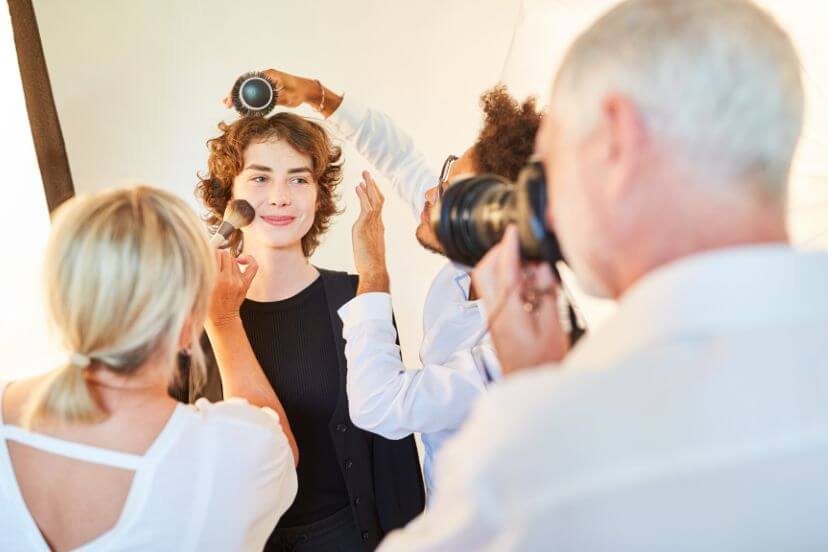
Creating an Online Presence
Building Your Photography Brand – In the digital age, having a strong online presence is crucial. Design a professional website that showcases your portfolio, biography, and contact information. Use social media platforms to share your work, engage with your audience, and provide a glimpse into your creative process. Sharing behind-the-scenes content can humanize your brand and attract potential clients.
Developing Business Skills
Managing Your Photography Business – Becoming a fashion photographer isn’t just about taking great photos; it’s also about managing a business. Understand contracts and agreements to protect your rights and the rights of your clients. Set competitive pricing that reflects your skills and the value you bring. Effectively handle bookings, inquiries, and scheduling to maintain a professional reputation.
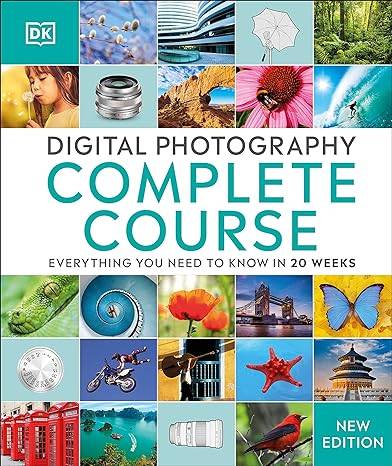
Digital Photography Complete Course
Learn Everything You Need to Know in 20 Weeks
Introducing Digital Photography Compete Course – the perfect beginner’s learning program for any aspiring photographer, this photography book aims to teach you everything you need to know about photography in just 20 weeks, through easy-to-understand tutorials.
Constantly Evolving and Learning
Staying Up-to-date with Industry Changes – The fashion industry is ever-evolving, and staying relevant requires continuous learning. Experiment with new photography techniques to keep your style fresh and innovative. Adapt to changing fashion trends to align your work with market demands. Attend workshops, seminars, and online courses to refine your skills and stay inspired.
Final Thoughts
Becoming a fashion photographer is a journey that demands a blend of creativity, technical proficiency, and determination. From mastering photography basics to understanding fashion aesthetics and building a strong portfolio, each step contributes to your growth as a professional. Remember that success in this field requires not only artistic talent but also effective networking, business acumen, and adaptability. So, embrace the challenges, stay curious, and capture the world of fashion through your unique lens.
FAQs About Becoming a Fashion Photographer
1. Can I become a fashion photographer without a formal education in photography? Absolutely! While formal education can provide a solid foundation, many successful fashion photographers are self-taught. What matters most is your skill, creativity, and dedication to learning and improving.
2. How do I approach models for collaborative projects? When approaching models for collaborations, be professional and respectful. Clearly communicate your ideas and the benefits of working together. Building a strong portfolio and online presence can make models more likely to consider working with you.
3. What equipment do I need to start as a fashion photographer? A good camera, a variety of lenses, lighting equipment (natural or studio), and post-processing software are essential. As you progress, you can invest in more specialized gear based on your style and preferences.
4. How can I differentiate my work in a competitive industry? Developing a unique style and perspective will set you apart. Experiment with different techniques and genres, and infuse your personality into your work. Clients are often drawn to photographers who offer something fresh and distinctive.
5. How do I handle rejection and criticism in the fashion photography world? Rejection and criticism are part of any creative field. Use them as opportunities for growth rather than discouragement. Constructive feedback can help you refine your skills, and perseverance is key to building a successful career.
